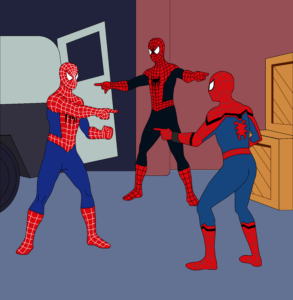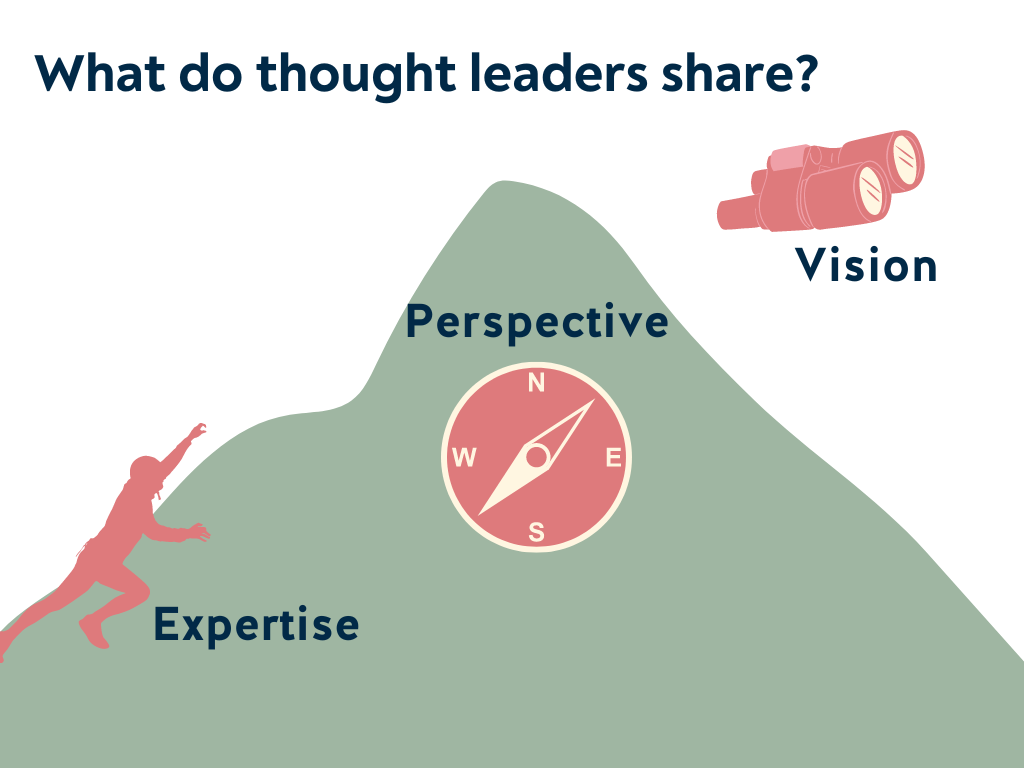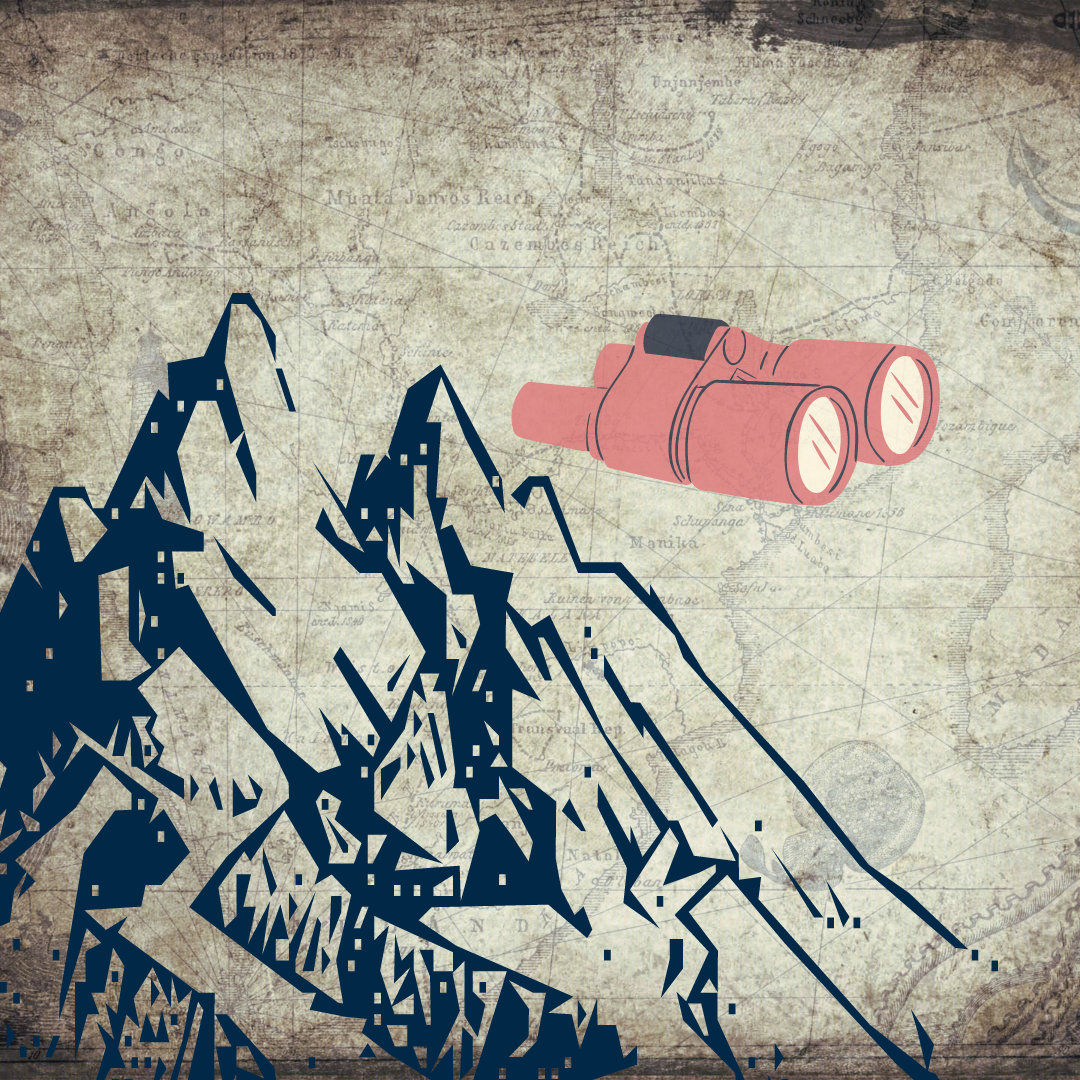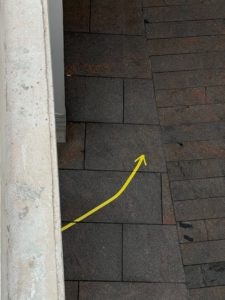When you’re talking about your work, how do you finish the sentence “The way I see it….” ?
How do you see your work? What has your unique experience taught you? From your specific vantage point, what do you see? What’s your perspective?
I’m going to get real with you: Most people have a very hard time finishing that sentence. I have been busy for the past five years helping people fill in that blank. Almost all of my clients come to me for help doing just that. They already have experience, expertise, research, data, proof. But staking claim to a specific perspective? Or [shudder] espousing a subjective, controversial opinion? That feels a lot more dangerous. Help!
Even though it can feel scary, claiming that specific perspective matters (a lot!). It’s the only thing that really sets any of us apart. Everyone in your field has experience, some level of expertise, and can get their hands on data (especially if your “data” consists of the same 3 stats that everyone else in the industry uses in their presentations…see below).

Turning your expertise into a unique perspective (the mountain metaphor)
The magic comes when you build on all of that experience, expertise, and research to say something new.
I’ll share my favorite metaphor here: Think of all your past experience as a mountain you’ve built, rock by rock, over the course of your career. Every project, meeting, tricky challenge, mistake, and success along the way has contributed to this grand peak. Step back and admire that mountain. It’s impressive!
But it’s also just one peak in a vast mountain range. Many other people who work in your space have built their own mountains. And looking at your mountain from the ground is impressive, sure, but we can’t see much from the bottom.
We could see a lot more if you took us to the very top of the mountain, climbing up every rock of expertise you’ve added over time. When we get to the top, WOW! We have a new perspective.
That’s what turns “expertise” or “knowledge” into a wise perspective you can generously share to help other people think differently. You have to stand at the top of your mountain and show others the vantage point you’ve earned. You have to be willing to claim and share your perspective. You have to look out at the vista and say, “The way I see it….”

The way you see it is what sets you apart.
- It’s why we buy people’s books: We’re intrigued by the way they see it.
- It’s why some speakers’ conference sessions are standing-room-only: We know they’re going to give us a new way to see it.
- …and why some speakers’ conference sessions attract only a handful of people: We don’t expect them to share a compelling perspective. They might have a lot of expertise, but they don’t help us build ours.
- It’s why we LOVE working with some people: They have a knack for bringing us in on their unique way of looking at the work.
- It’s why we listen to some podcast hosts with bated breath, and skip through others’ monologues: We know some people are going to let us in on the way they see it.
Understanding the way you see it is the work (the practice!!!) of thought leadership.
How do you see it?
So, let me ask you again. How do you finish the sentence “The way I see it….”?
If you freeze or don’t have an answer, try reflecting on these questions to start unlocking your unique perspective:
When you think about your area of expertise…
- The most common challenge is: _____________.
- What most people get wrong is: ________________.
- The biggest opportunity for change is: _____________.
- How do you hope people will think differently about your field in 5 years from now?
- What’s something you believe strongly that others in your field would disagree with?
- What questions are you still trying to answer, even at this point in your career?
Once you’ve mulled over those questions, try plugging some of those answers into this sentence:
“The way I see it….”
Filling in that blank, over and over again, is the work of thought leadership. Keep reflecting and pushing yourself to develop and communicate your unique perspective. It’s already there at the top of the mountain; you just have to uncover it and brush it off so others can see it, too.







